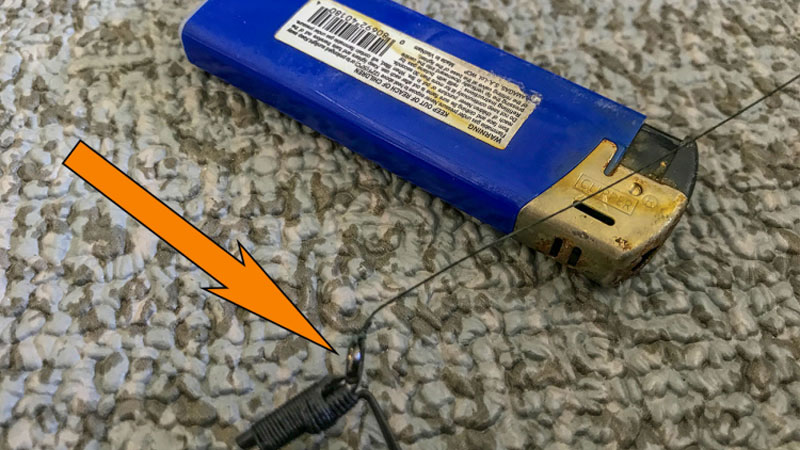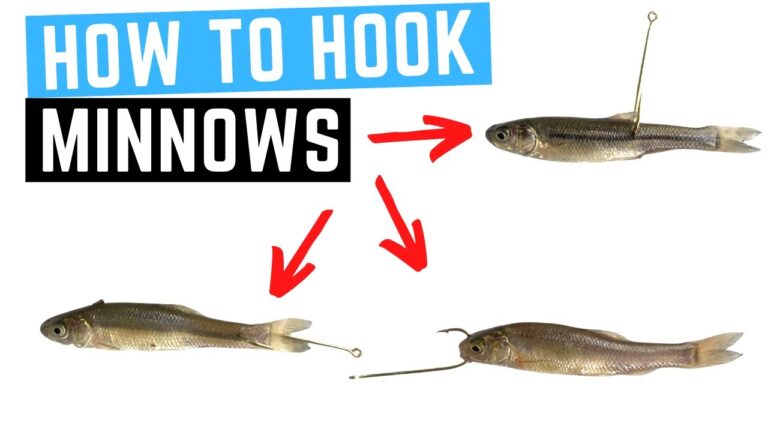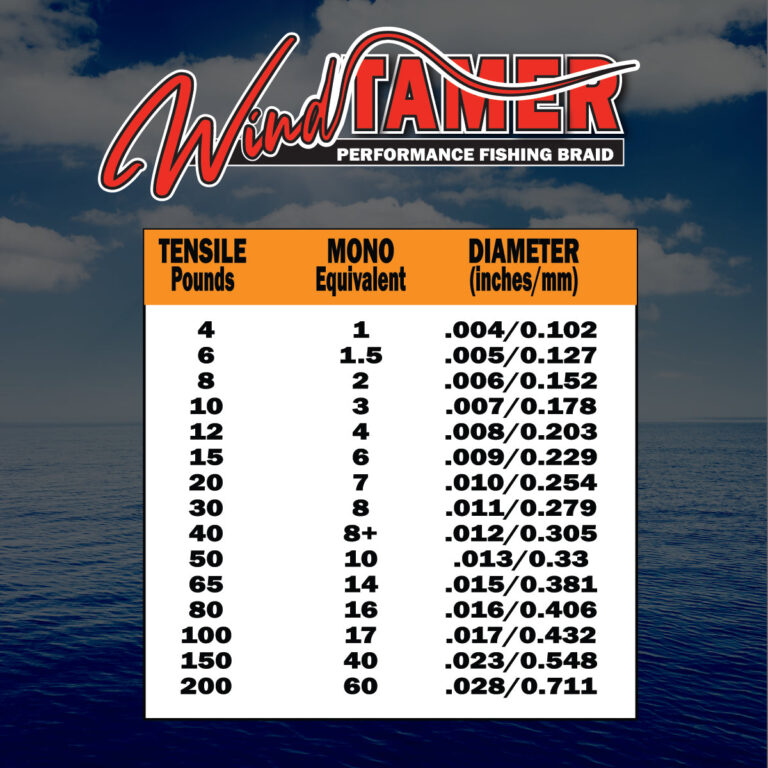How to Cut Braided Fishing Line?

To cut braided fishing line, use a sharp, serrated knife or a pair of specially designed scissors. Ensure the tool you choose is specifically made for braided lines for a clean cut.
Cutting braided fishing line can often be frustrating without the right tools due to its woven structure and robust nature. Anglers who want to maintain their gear and avoid frayed ends leading to potential fish loss need to choose their cutting instrument carefully.
Sharp scissors marketed as braided line cutters are a popular choice, offering a quick and precise snip. Some fishermen may opt for ceramic blade cutters or even small, sharp nail clippers, which can be effective alternatives. Keeping these tools handy ensures that a strong, clean cut can be made on the water, facilitating easy line management and efficient tackle setup. Ensuring your cutting device is particularly designed for braided lines is the key for a hassle-free fishing experience.
The Challenges Of Cutting Braided Fishing Line
Braided fishing line stands out due to its higher durability and resilience. Fishers value it for these traits. Yet, these same qualities can make cutting it a tough task. Typical scissors might not do the job, as the line can easily slip away or become frayed. This can be frustrating and lead to wasted time on the water.
Ensuring you have the right tools is essential. A pair of sharp, serrated scissors or a specialized line cutter can make a clean cut. These tools grip the line properly, preventing it from sliding. A clean, swift cut not only saves time but also prevents fraying, maintaining the line’s integrity.

Credit: www.louisianasportsman.com
Essential Tools For A Clean Cut
Scissors designed for braid are essential for a precise cut. Unlike regular scissors, they feature sharp, serrated edges that easily grip and slice through tough braided lines.
Electric hot knives provide a high-tech option, employing heat to melt and seal the braid’s end, preventing frays. For quick snips, look to specialized line cutters. These tools are built specifically for anglers, offering a clean cut with minimal effort.
Step-by-step Guide To A Perfect Cut
For measuring the desired length of braided fishing line, use a ruler or tape measure. Ensure the line stretches out flat, without twists.
Securing the line is crucial. Hold it tightly or use a clamp. This prevents the line from fraying as you make the cut.
Executing the cut requires sharp scissors or a specialized line cutter. Your tool must be in good condition to achieve a clean, fray-free edge. Slice through the line with a swift, single motion.

Credit: www.texassaltwaterfishingmagazine.com
Tips For Maintaining Cutting Tools
Sharp tools make cutting braided fishing line easy. Regular sharpening keeps tools in top shape. Use a fine-grit sharpening stone for best results. Always move the blade in one direction against the stone. This helps maintain a consistent edge. Do this before the cutting tool gets too dull.
Proper storage is key to prevent damage. Store cutting tools in a dry environment. Avoid places with high humidity to prevent rust. You can use a protective sheath for extra care. Organize them well to avoid blunt force from other equipment.
After each use, clean your tools. Wipe the blades with soapy water and dry them. Apply a thin layer of oil for corrosion protection. This helps the tools to last longer and stay ready for use.
Troubleshooting Common Cutting Issues
Dealing with frayed ends can make cutting braided fishing line challenging. A sharp, fine-pointed scissor or a specialized fishing line cutter often provides the best results. If the line keeps fraying, try wrapping a small piece of tape around the area you plan to cut. This helps to keep the braid together during the cut.
Slippage during cutting reduces precision and can be frustrating. To counter this, ensure both the line and cutting tool are dry. Using a tool with non-slip grips enhances control. A steady hand and a quick snip at the right angle can greatly reduce slippage occurrences.
Dull cutting instruments make clean cuts impossible. Regular sharpening keeps your cutting tools in optimal condition. For convenience, maintain a spare sharp cutter or invest in a high-quality line snip, reducing the frequency of blade restoration.

Credit: www.youtube.com
Advanced Techniques For Professionals
Thermal cutting methods transform braided fishing line trimming. Heated blades or lasers melt and slice swiftly. This process provides clean, fray-less edges. Anglers favour this for its efficiency and precision.
Precision tools like rotary cutters tackle vast quantities effectively. They ensure a uniform cut every time. High volumes of braided line turn into exact lengths with minimal effort.
| Tool Type | Use Case | Advantage |
|---|---|---|
| Laser Cutter | Industrial cutting | High precision |
| Heated Blade | On-the-go modifications | Portability |
| Rotary Cutter | Bulk processing | Speed and consistency |
Automated cutting solutions bring cutting-edge technology to professionals. They reduce manual work. Equipment customization allows for specialized braided line cutting. Automation means more fishing and less cutting.
Frequently Asked Questions
What Is The Best Way To Cut Braided Line?
The best way to cut braided line is with sharp scissors or a specialized braided line cutter for a clean, fray-free edge. Ensure the tool is specifically designed for braided lines to maintain precision.
What Is The Best Tool To Cut Fishing Line?
The best tool for cutting fishing line is a quality pair of fishing line scissors or clippers, known for precision and durability.
Why Not To Use Braided Fishing Line?
Braided fishing line may not be ideal due to its visibility underwater, potential for knotting, and it can be more expensive compared to mono or fluoro lines.
Does Braided Fishing Line Twist?
Braided fishing line can twist if not used properly or if the gear setup is incorrect. Proper spooling and technique reduce line twisting.
Conclusion
Cutting braided fishing line requires the right tools and technique for efficiency and safety. Embracing these methods ensures a clean cut every time, enhancing your angling experience. Equip yourself appropriately, and enjoy the benefits of neat, fray-free lines on your next fishing trip.
Remember, precision matters when handling braided line. Keep casting and cutting with confidence!




